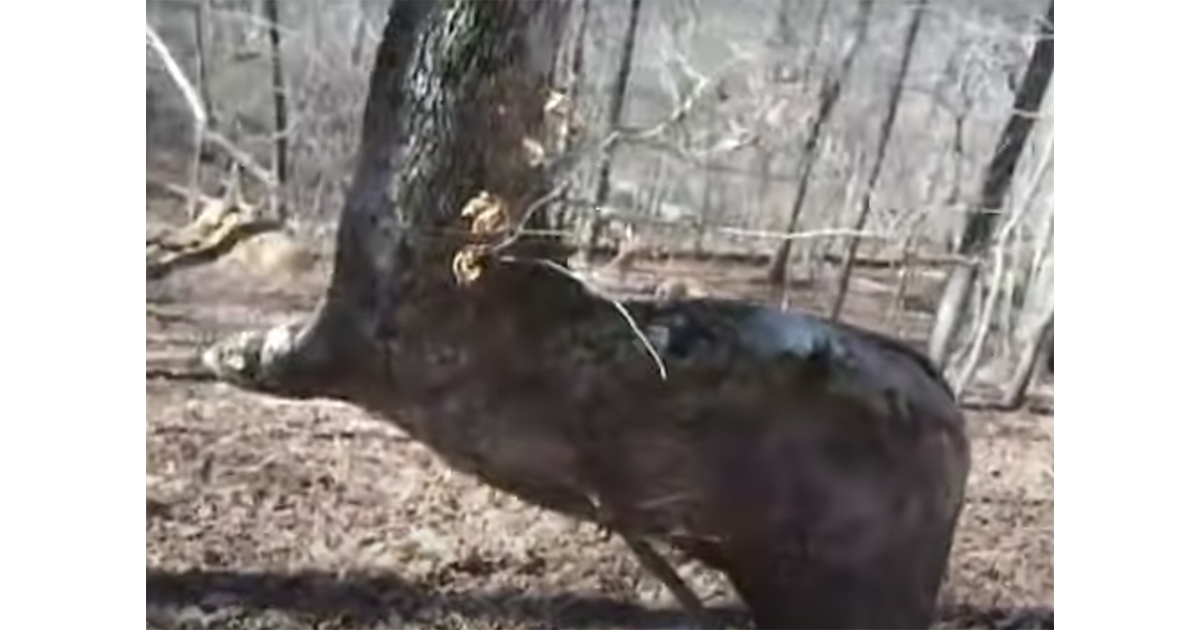
With the world today so reliant on technology, getting away from it all and losing yourself in nature can make for a seriously welcome break.
I myself like to swap the forest of screens and noise for the calm tranquility of an actual leafy forest whenever possible. Not everyone’s lucky enough to live close to land where they can disappear for a short while, but all those who do will surely attest to the benefits.
In any case, on one of my many recent walks, I spotted a tree that gave me pause for thought. It looked bent, only intentionally bent, like someone had twisted and formed it so it would appear a certain way.
As I said, it made me think twice, though if I’m honest I might have just continued on with my day and forgotten all about it. That was until I saw another tree sporting the same abnormality.
I just couldn’t stop thinking about the strangeness of it, and so when I returned home I decided to do a little digging and find out if there was a reason for the unusual shape of these trees.
Low and behold there was, and it could likely be helpful for you to learn what it is…

Given our aforementioned reliance on technology these days, it makes sense to assume that most of us would be pretty lost if we were dumped deep in the woods with no telephone or map to guide us.
Of course, life once upon a time – in the not too distant past, really – was like that, and so humans were forced to develop inventive ways of knowing where they were and, more importantly, the best way to get to where they were going.
This, apparently, is the reason there are oddly-shaped trees all over the US, many with unnatural bends in their trunks or otherwise stand-out kinks that a passerby simply can’t miss.

Well, according to the American Forests website:
“There are peculiarly shaped trees all over the United States. Their trunks bend at strange angles or have peculiar kinks in them. The majority of these trees are in fact landmarks that assisted native people in finding their way, even though some of them may just be oddities of the natural world.
“To make permanent trail markers, Native Americans would bend young trees. These markers would indicate safe routes through rugged terrain and direct travelers to food, water, or other significant locations. The trees have grown over time, maintaining their original shape, but as modern life has sprung up around them, their purpose has all but vanished.
Interestingly, the Native Americans reportedly had a tendency to add a prominent nose, or notch, protruding at the end of the bend (as in the picture below) to differentiate those trees with man-made kinks from those that just grew at odd angles as per Mother Nature’s design.

As per reports, man-made bent trees can also be set apart by another small detail, as they bear scars from where straps were positioned when the trees were young (part of the bending process).
Many of the bent trees still around today are thought to be at least between 150-200 years old, though their numbers continue to decrease as a result of deforestation.
I don’t know about you, but I’m always interested in learning little facts like this! If you thought this article was interesting, check out the below for more compelling content:
READ MORE
- If you see a house or barn with a star on it, this is what it means
- Murder Hornets appear in US – one of the deadliest insects in the world




